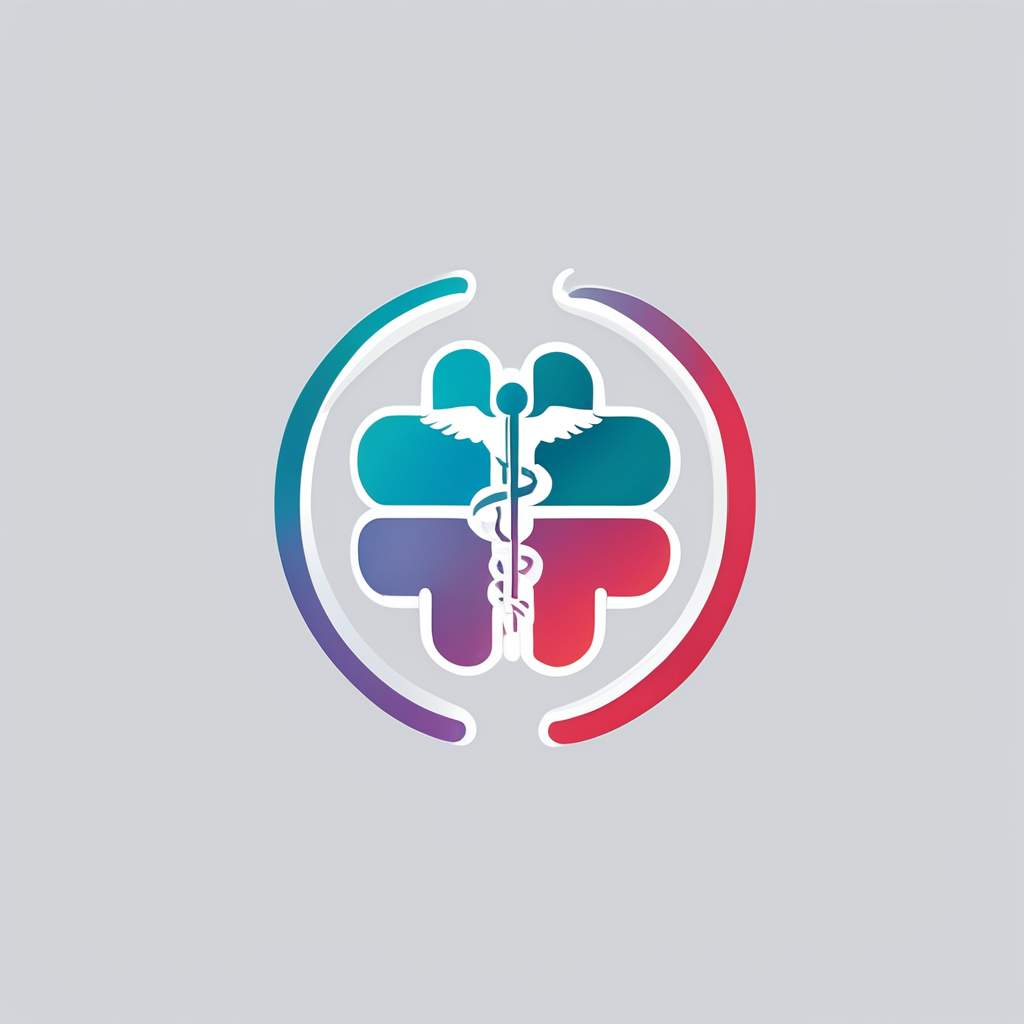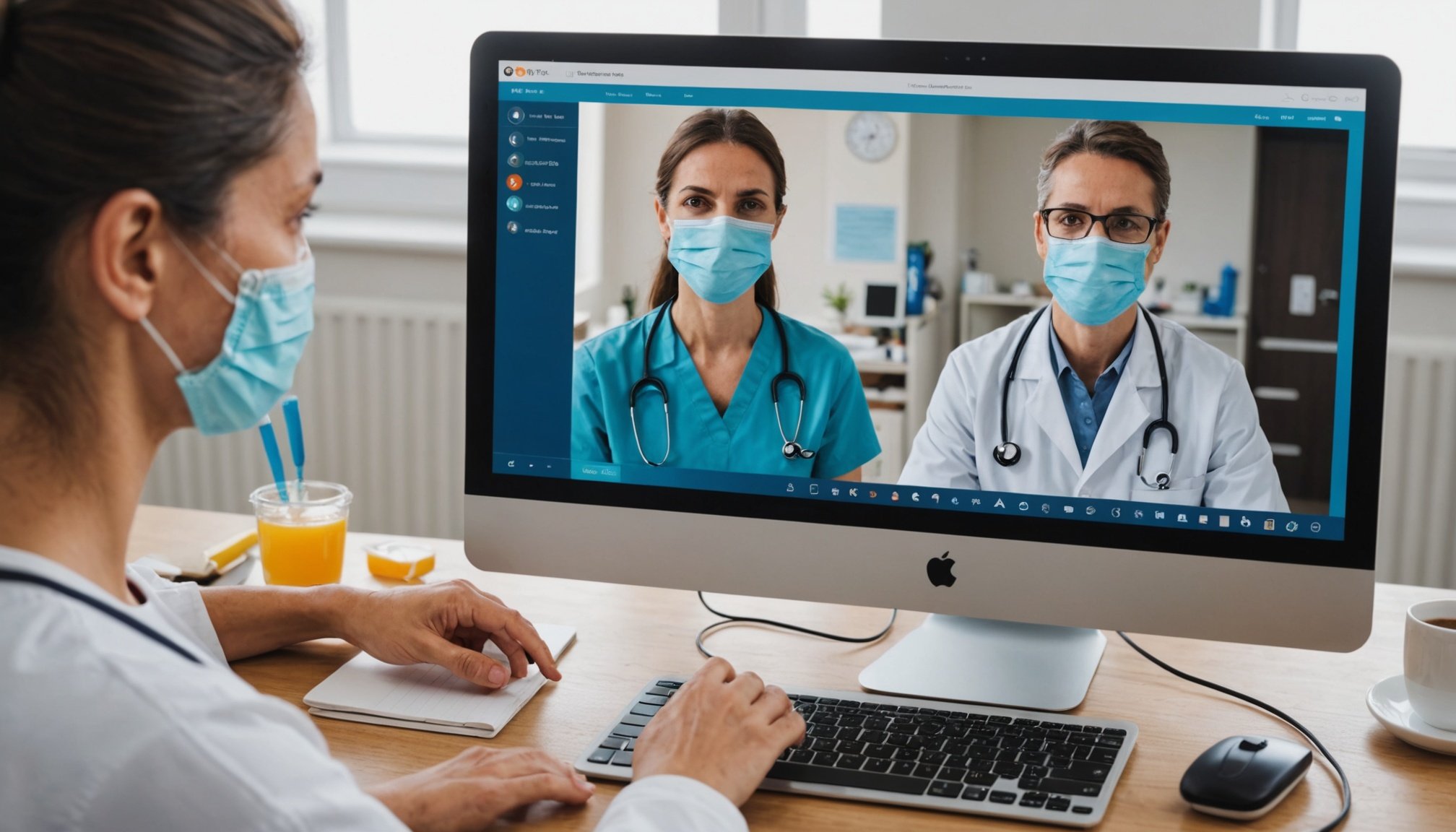Telemedicine has swiftly transitioned from a futuristic concept to a vital component of modern healthcare. The emergence of the COVID-19 pandemic has accelerated this shift, compelling medical professionals to adopt technology-driven approaches to care. In the UK, health professionals are embracing telemedicine to manage patients effectively while minimizing physical contact. This article explores how telemedicine is reshaping patient care and health services during these challenging times, its benefits, limitations, and its role in the future of clinical practices.
The Role of Telemedicine During the Pandemic
In a world grappling with a global disease outbreak, the need for efficient healthcare delivery is more pressing than ever. Telehealth has emerged as a crucial tool in bridging the gap between patients and healthcare providers, ensuring that care continues without the risks associated with in-person visits. The pandemic has catalyzed the adoption of telemedicine, enabling virtual consultations that prioritize patient safety while maintaining the continuity of medical services.
Also read : What role do UK health professionals play in addressing health disparities among marginalized communities?
Bridging the Gap
Telemedicine is a response to the challenge of delivering health services amidst restrictions. By employing technology, health professionals can provide face-to-face interactions without the need for physical presence. This method not only safeguards the well-being of both patients and doctors but also alleviates the burden on overwhelmed healthcare systems. As a result, telehealth is an invaluable ally in maintaining care standards throughout the pandemic.
Enhanced Access and Convenience
One of the standout benefits of telemedicine is its ability to extend services to those in remote or underserved locations. Patients who once faced travel barriers can now receive timely care through virtual platforms. This ease of access is particularly beneficial for individuals with chronic conditions requiring regular monitoring. Studies have shown that telemedicine has improved patient satisfaction and engagement, making it a formidable tool during these unprecedented times.
Also to see : What strategies can UK health professionals implement to promote mental health awareness in their communities?
Challenges and Limitations of Telemedicine
While the advantages of telemedicine are undeniable, health professionals must navigate several challenges to optimize its use. As the reliance on digital platforms grows, so too do concerns about accessibility, technology adoption, and data security.
Technological Barriers
For telemedicine to thrive, both providers and patients must have access to reliable internet connections and compatible devices. Unfortunately, not everyone in the UK enjoys such access, posing a significant barrier to widespread adoption. Additionally, older adults or those less familiar with technology may find it challenging to navigate virtual platforms, potentially limiting their use of telehealth services.
Data Security Concerns
Protecting patient confidentiality remains a top priority. As healthcare services move online, safeguarding sensitive information becomes more complex. Health professionals must adhere to strict security protocols to prevent data breaches, ensuring that patient trust in telemedicine is not compromised.
The Human Touch
A vital part of medical care is the personal connection between doctor and patient. Telemedicine, by its nature, can sometimes lack this human element. The nuances of body language and non-verbal communication may be lost in virtual settings, underscoring the need for health professionals to develop new strategies for building rapport with patients.
The Future of Telemedicine in UK Healthcare
As we look beyond the immediate challenges of the pandemic, the potential of telemedicine in the UK’s healthcare landscape becomes increasingly apparent. Its adoption during the COVID-19 crisis has provided valuable insights into how health services can evolve to meet modern demands.
Integrating Telemedicine into Routine Care
Telehealth is no longer a temporary solution but a staple of comprehensive care strategies. By integrating telemedicine into routine clinical practices, health professionals can offer more flexible and personalized care options. This approach allows for a hybrid model, combining virtual consultations with necessary face-to-face interactions.
Continued Technological Advancements
The future will undoubtedly see further advancements in telemedicine technology, enhancing its effectiveness and user experience. From AI-driven diagnostics to remote monitoring devices, continuous innovation will empower patients to play a more active role in their healthcare journey.
Promoting Equal Access
To fully realize the potential of telemedicine, it is crucial to address the digital divide. Initiatives aimed at improving digital literacy and providing affordable access to technology must be prioritized. These efforts will ensure that all patients, regardless of their circumstances, can benefit from the advancements in health services.
In the face of an unprecedented global pandemic, the role of telemedicine in enhancing patient care cannot be overstated. Health professionals in the UK have successfully adapted to this new paradigm, leveraging technology to deliver effective and safe medical services. The journey, however, is far from over. As we move forward, it is imperative to address the challenges of accessibility, security, and human connection to optimize telemedicine’s potential. By doing so, the future of healthcare looks promising, ensuring that quality care remains accessible to all, irrespective of location or circumstance. In the ever-evolving landscape of clinical practices, telemedicine stands as a beacon of innovation and resilience.











